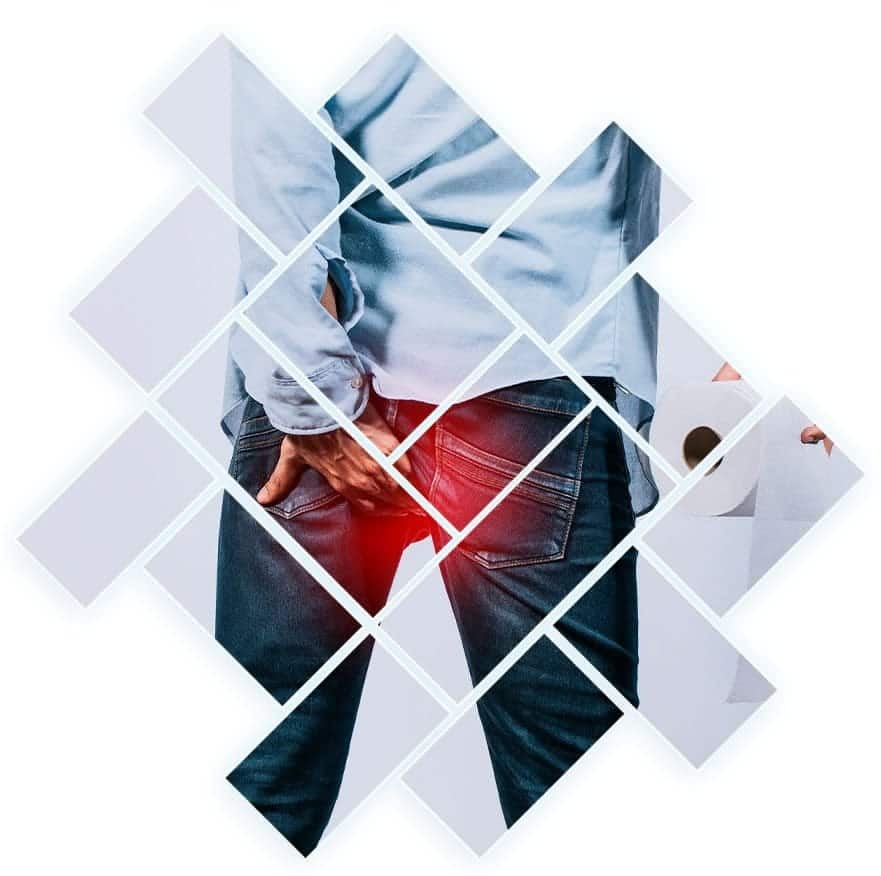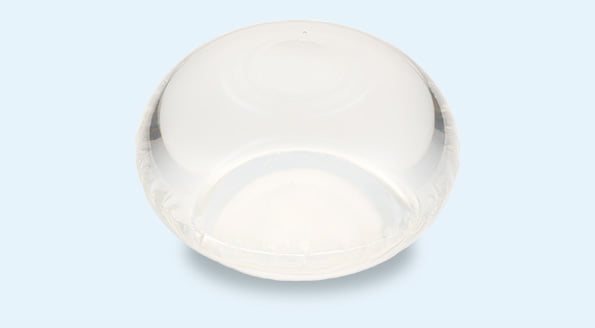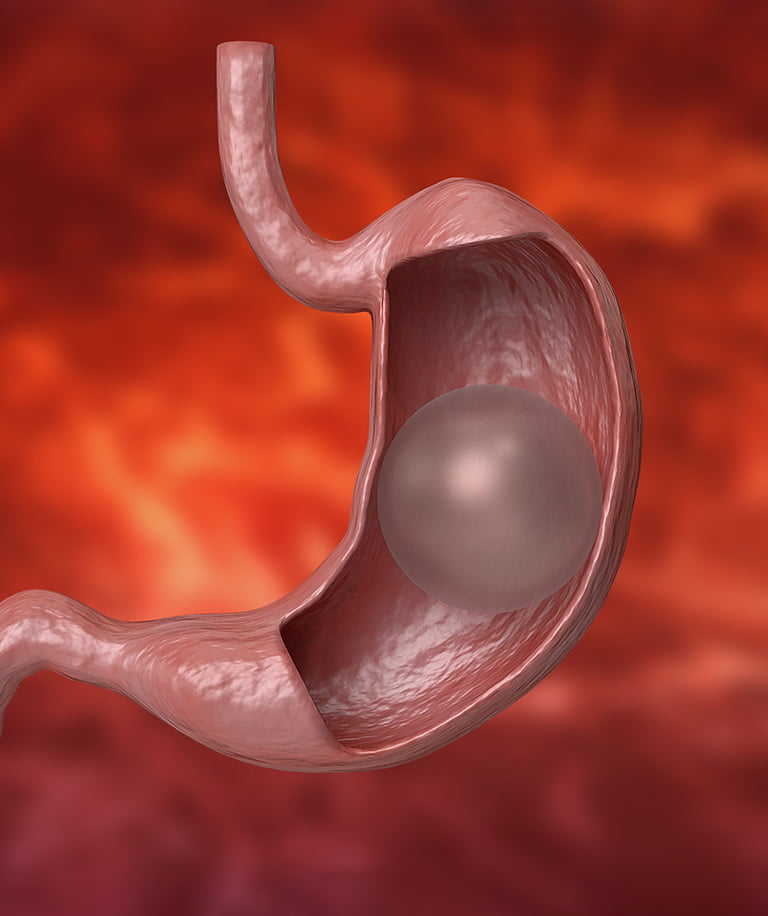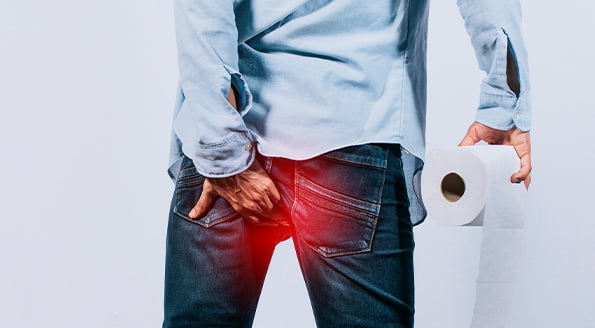Painless and Incision-free
Hemorrhoid Treatment with THD
What is hemorrhoid disease?
Hemorrhoid disease is a disease which leads to swelling, growth, sagging and bleeding of the innate vascular networks in the breech area. 1 in 4 young people in the 20-40 age group can have this disease. Hemorrhoid disease is a form of varicose veins in the breech region.
What are the causes of hemorrhoid disease?
Although there is no definite cause, constipation, excessive straining during the toilet, long stay in the toilet, pregnancy, standing for a long time, factors such as pressure in the veins around the breech and blood vessels cause dilation.
Some genetic diseases, frequent diarrhea, and unconscious use of faucal softening drugs may also be the cause.

Do you know?
Only 10% of hemorrhoid patients apply to the doctor for treatment. Patients who do not apply to the doctor, mostly because of shyness and fear, try to get rid of the pain by using the methods they hear from around them, but they can only reduce the complaints.
Untreated hemorrhoids severely reduce your quality of life. You can only find the permanent solution by contacting a general surgeon.
Don't be shy! DON'T BE LATE!
What are the symptoms of hemorrhoid disease?
Painful or painless swelling in the breech area, discharge of light-red bleeding, and itching may occur. Internal hemorrhoids are usually painless, while external hemorrhoids may accumulate clots (thrombosis) and cause severe pain after sudden swelling.
How is hemorrhoid disease diagnosed?
External hemorrhoids can be detected by checking for any swelling in the breech area. Rectal examination can then be used to prevent bleeding-causing cancer. If there is an internal hemorrhoid disease, the rectal examination can be performed more clearly. Pain persisting during and after defecation is usually seen in anal fissures (breech fractures).
Can hemorrhoid disease cause cancer?
It is not possible for hemorrhoids to turn into cancer. However, it is important to note that the findings of bowel cancer and hemorrhoid disease are mixed with each other, leading to delay in early diagnosis of cancer. A small change in defecation habits should be referred to a general surgery specialist.
How is the current modern treatment of hemorrhoid disease?
For successful treatment, bleeding causes such as anal fissures, rectum, and bowel cancer should be prevented and accurate staging of the disease should be performed. Hemorrhoid disease can be treated with or without surgery. In stage 1st, the non-surgical method includes correction of defecation habits, diet regulation, hot water sitting baths, oral medications creams, and suppositories applied to the rectum.
In stages 2nd and 3rd, THD, laser, ligation method (band ligation), and needle treatment with drying agent application (sclerotherapy), such as infrared coagulation without the need for hospitalization in the outpatient, in a short time, easily and quickly with high success rates are applied. Band ligation may cause severe pain if performed by inappropriate technique and by inexperienced persons.
Therefore, this method should be performed by experienced doctors.
In stage 4th, THD or surgical interventions are inevitable.
THD (TRANSANAL HEMORRHOIDAL DEARTERIALIZATION)
It is a surgery performed by connecting 6 vessels, including 3 main arteries that carry blood to the hemorrhoid breasts. The artery that brings blood to the hemorrhoid with the help of the instrument entered from the anus is located and 5-6 cm is connected from above the blood to the hemorrhoid connected to the artery shrinks because the blood cannot come. Thus, there’s a shrinkage on the external hemorrhoids.
Would you like to watch how the THD operation is performed?
You can watch THD application made by Erkam TÜLÜBAŞ on the first video and an informative animation about the application on the second one.
THD Procedure F.A.Q
Without any incision, surgery is performed by entering a special instrument from the anus. The main goal is to interrupt the blood flow from the hemorrhoid. By this way, the external hemorrhoids are reduced.
It can be applied to any non-fibrotic stage hemorrhoidal disease.
If the patient has symptoms of classic hemorrhoid disease such as swelling, pain, bleeding, itching, burning in the breech, he/she should consult a doctor.
After the procedure, the pain is very small or not at all. It is also far too comfortable to compare with classical surgery. Because the procedure is performed on the area called dentate line (painless area) and the tissue is not removed by incision pain is not.
It is performed under general anesthesia.
Approximately 30-45 min.
Mild transient pain may occur within the first 24 to 48 hours. Afterwards, complaints gradually decrease.
The patient can return to normal life after 24-48 hours, because there is no open wound.
In order to prevent trauma in the anal canal, foods that may cause constipation should be avoided. A high-fiber diet and at least 2 liters of fluid per day should be taken.
No special treatment is required if the patient has no particular condition.
Since the procedure is minimally invasive and there are no open wounds, there is no problem for sex life.
About 7% reported less than 5-year follow-up. THD is a repeatable method in case of disease recurrence.
No, normal anatomy is maintained. It is a highly physiologic procedure as it eliminates prolapse.
It has no known contraindications. Because it is minimally invasive, it is a particularly recommended method in the elderly and in patients whose overall condition is not good.
If there is no adhesion called Fibrosis, it is not an obstacle.
We perform our surgeries in contracted hospitals, please contact us for detailed price and insurance information.
Hemorrhoid Treatment with laser
Today, hemorrhoid treatment with laser is performed safely for the patients in the appropriate stage. It is more preferred for patients in stages 2 and 3. Stage 4 alone is not sufficient for hemorrhoid disease.
Laser hemorrhoid treatment can be performed with local anesthesia, as well as sedation and general anesthesia. The process takes an average of 15-30 min. After the procedure, the patient may be discharged on the same day. There are no complications such as fecal abduction, narrowing, bleeding and pain in the anal area that can be seen in classical surgical methods.




